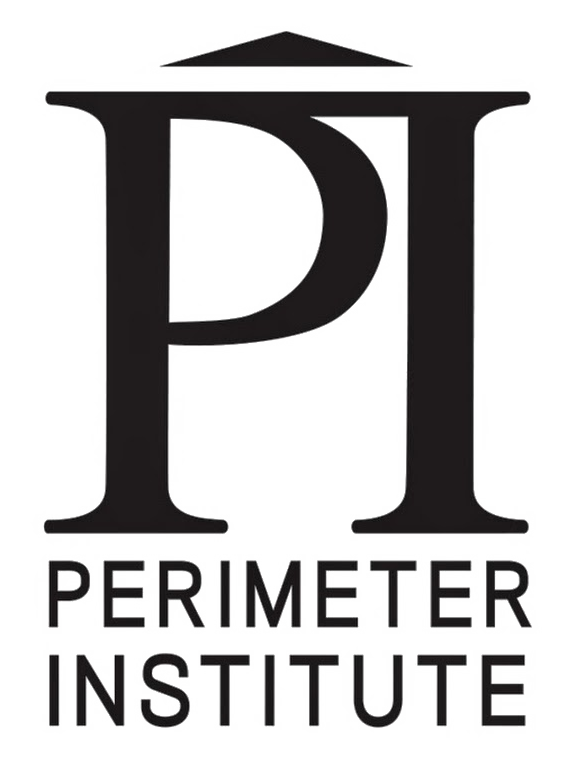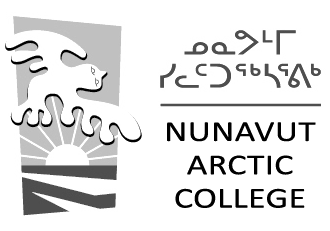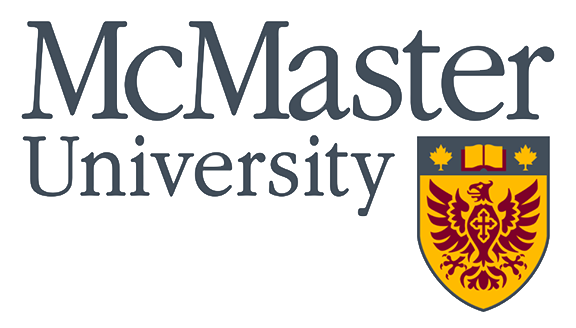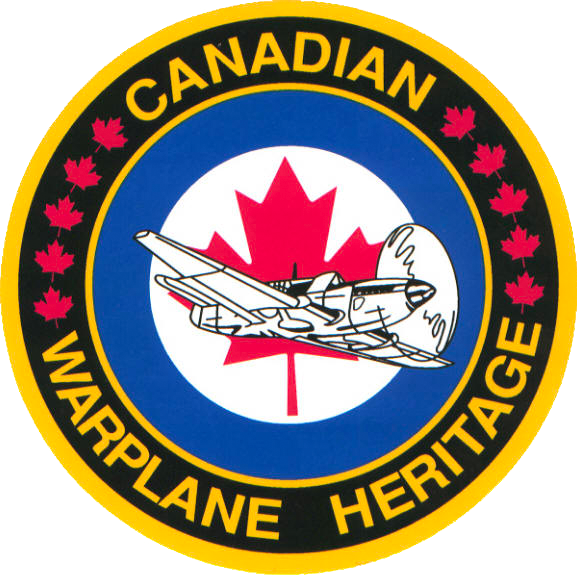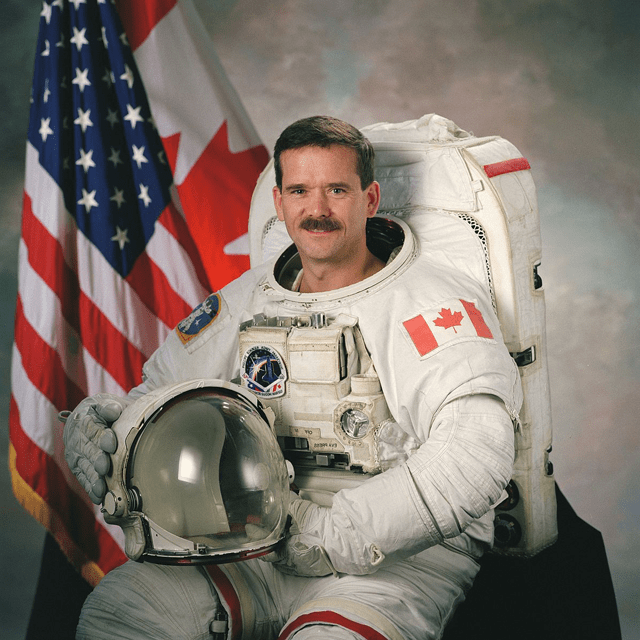Still photography has a lineage dating back to the the 17th century, when the earliest photographs were being captured by projecting a reflection through a small, rectangular photographic plate with a light source (often a candle or an oil lamp). The photographic plate was a piece of a glass with a light sensitive emulsion of silver.
Today photos are usually captured digitally, allowing for direct-to-print processing, eliminating the need for traditional darkroom development, which was the standard method of producing prints up until the rise of the digital photography.
While our modern society consumes images, at record numbers, through the use of computers, tablets, and mobile devices such as smartphones, there are still countless prints of incredible value: sentimental, historic, and artistic, that remain exclusively in their physical form.
Technology has afforded us the opportunity to scan and capture even the most finite details from slides, with extreme accuracy, and create a digital likeness that can be accessed locally, or remotely, and is invulnerable to natural deterioration.
Digitized photos enables the user to duplicate and share images without a generational loss that occurs when creating copies from physical prints, which means you can create countless backups for safe keeping.
Large Format
Large Format refers to any print in excess of typical consumer-sized prints (ie. 8x10). Things like large documents, maps, or posters often fall into this category. These larger images require specialized scanning in order to accomodate for dimensions that exceed standard production flat bed scanners. Depending on the studio, this can be achieved by using a high end camera, with very specific lens and lighting settings, or digital 'stitching' - a process wherein the image is scanned in sections. The individual scans are seamlessly comped together to produce a single, true-to-size digital image.
